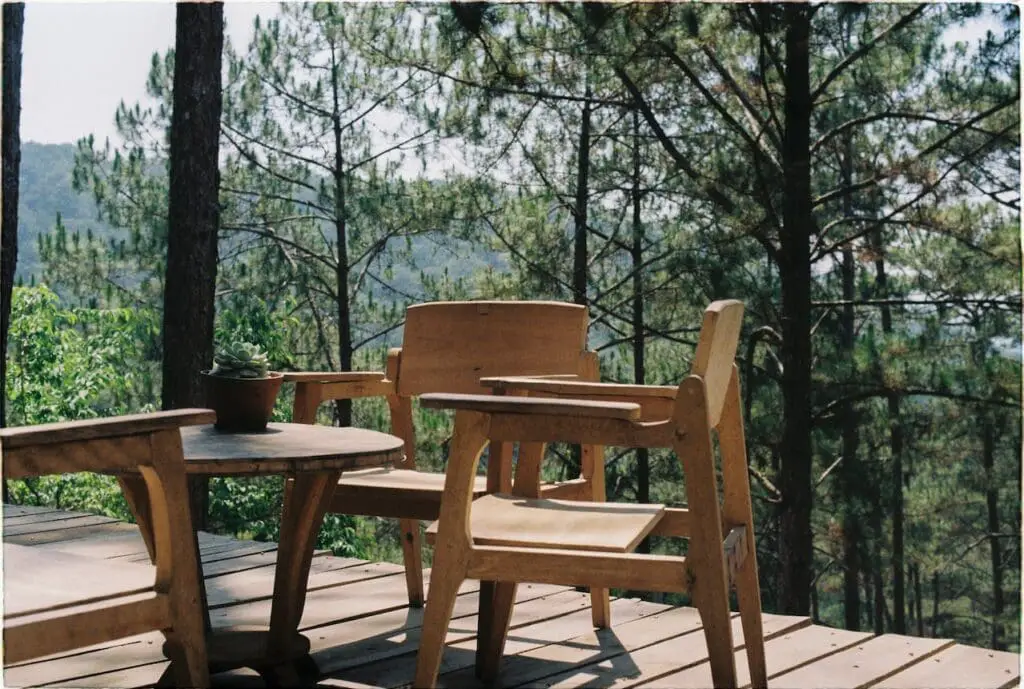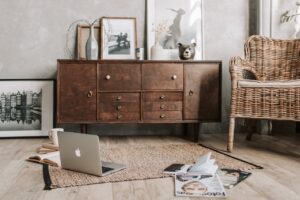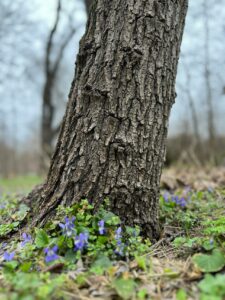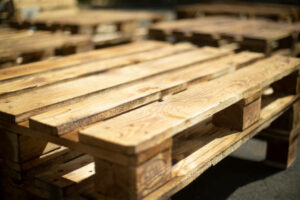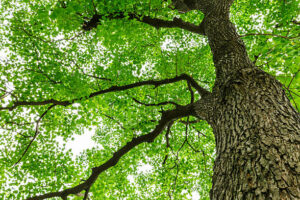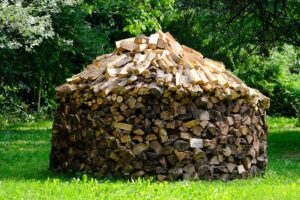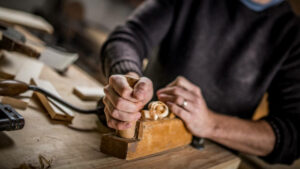Picking the right wood materials for your outdoor furniture is a big deal—it’s not just about what looks good. It’s about making sure your outdoor space stays stylish and your money’s well spent. With so many options out there, it’s clear that choosing outdoor furniture wood is more than just a personal preference. Some woods handle the weather like pros, while others need a bit more attention. Each wood ages differently, adding a bit of complexity to the decision.
When you’re on the hunt for the best outdoor furniture wood, you’ve got to think about how much care you’re willing to give, the space you have, and what fits your budget. Let’s explore together and find the most suitable outdoor wood furniture that suits exactly what you need.
1. Teak
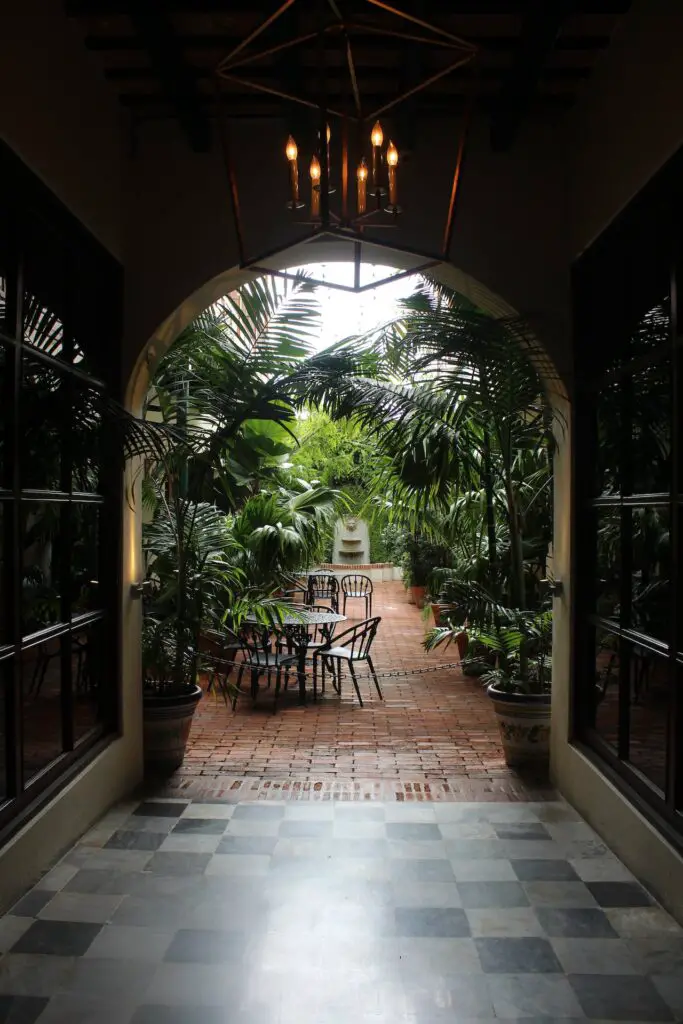
One of the most exquisite and resilient woods used to make outdoor furniture is tropical hardwood called Tweak. Teak’s remarkable ability to withstand weather is attributed to its natural oils. Teak outdoor furniture will not warp in response to humidity variations, resist water, and ward off insects.
Teak wood has long been recognized as one of the greatest timbers for outdoor furniture, having been the go-to material for shipbuilders during the Middle Ages.
Pros of Teak Wood
- Durability: Teak wood resists most types of wood rot, fungi, and pests due to its natural oils, which act as a water-repellent. Because of its water resistance, teak wood is shielded from rotting, warping, and wearing down during wet weather. Shipbuilders were drawn to these characteristics when searching for a material that would not corrode or leak.
- Weather-proof: Proven to withstand the test of time in all seasons, resilient teak wood maintains its strength in humid coastal locations, wetter areas with heavy rainfall, areas experiencing sharp temperature swings, and areas receiving constant sunlight. Teak furniture can withstand harsh weather conditions and be put outside all year round.
- Maintenance: Teak wood requires little upkeep and is simply cleaned with a sponge or soft-bristle brush and a basic soap and water solution.
- Appearance – Teak wood has an incredibly gorgeous appearance that only gets better with time. It starts honey-gold and gradually lightens to a silvery-gray patina. Teak has a primarily linear pattern and a tight wood grain.
Cons of teak wood
Teak wood has a few drawbacks, making it more expensive than comparable outdoor materials. Teak wood is more costly, but it’s also one of the wood furniture options that lasts the longest because of its inherent protective properties and exceptional durability.
2. Ipe
Ipe has long been a staple in home design. Ipe, sometimes referred to as Brazilian walnut, is regarded as the greatest (or second best) wood for outdoor furniture because of its low maintenance needs and extended lifespan. This wood is indigenous to South American rainforests. They can take up to a century to reach maturity, but once they do, they yield dense timber that is twice as strong as teak and remarkably stable in a variety of conditions.
Its inherent oils and exceptional hardness make it incredibly resistant to rot, warping, and splinters. It is perfect for patio settings because of its resistance to insect damage and environmental factors. Furthermore, Ipe’s deep grains and rich brown hues frequently leave behind a stunning silver-gray patina that enhances the elegance and attractiveness of any outdoor area.
It’s perfect for creating outdoor furniture because it doesn’t break or distort. The wood’s natural color is rich chocolate that can be restored to its original shade with a little sanding and finishing oil, or it can be allowed to age gracefully to a silvery gray color over time outside.
Pros of Ipe Wood Furniture
- Durability – Due in large part to its remarkable characteristics, which include its density, making it an incredibly durable wood, rot-resistant, fire-resistant, and waterproof, ipe decking has grown in popularity for outdoor patios. Additionally, patio furniture should normally be made of an outdoor-grade material that works well for decking.
- Appearance – Because ipe wood is denser than other woods like cedar or redwood when it is properly oiled or stained, it may also take on lovely hues like deep brown or reddish brown. This implies that you can vary the color of your patio without having to worry about it fading from prolonged sun exposure.
Cons of Ipe Wood Furniture
The primary drawback of utilizing Ipe for patio furniture is its comparatively higher cost in comparison to numerous wood furniture varieties now available in the market. Ipe might cost more or less than teak, depending on the manufacturer and the plantation where it is cultivated.
While there are several treatments on the market designed especially to be applied to Ipe wood products to extend the life of communal areas like patios, these treatments can be rather costly and frequently need regular upkeep to keep structures looking fantastic (which may not fit all budgets).
Although teak is Ipe’s primary rival in the outdoor furniture market, Ipe is heavier.
3. Cedar
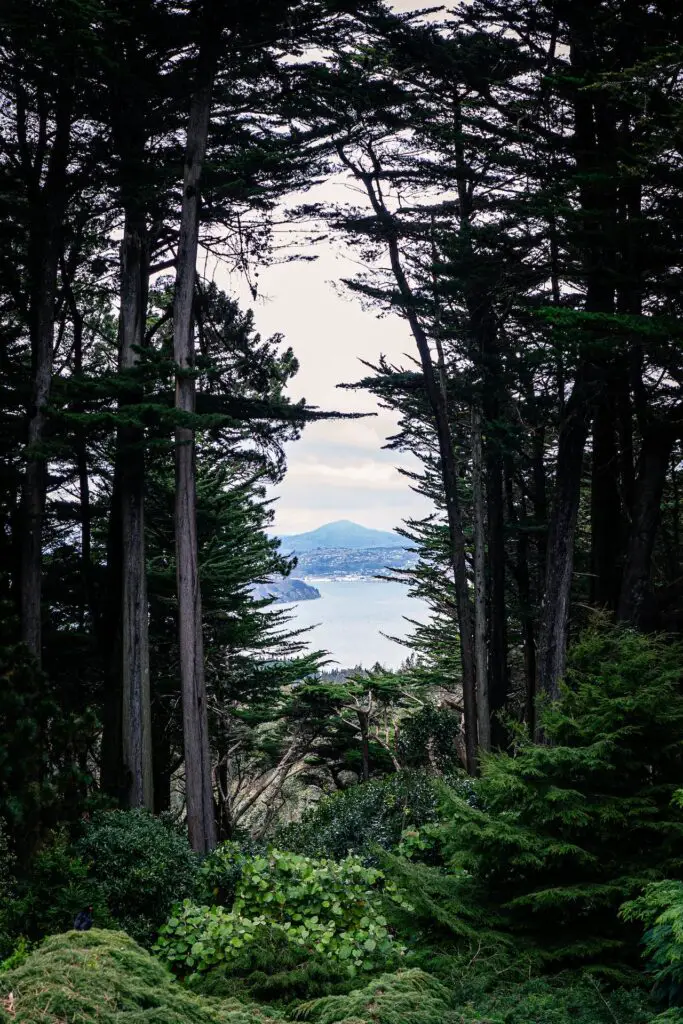
For almost a century, softwoods like cedar have been utilized in the furniture industry in both North America and Europe. Though there are many varieties of cedars, the two most widely utilized for lumber are red and white cedar.
Not only is cedar easily recognized due to its appearance, but it also has a unique, spicy aroma. This is due to the timber’s high concentration of natural oils, which aid in the preservation and shielding of this coniferous wood from moisture and insects. The amount of oil varies based on the species being used and whether the cut timber portion has more open-grained sapwood or dense heartwood.
Pros of Cedar Wood
- Weather-resistance: Cedar wood is naturally resistant to moisture, rot, and insect damage. It is particularly resilient in humid climates. Because cedar wood naturally contains air pockets, these air pockets serve as insulation, shielding the wood from extreme temperature changes and avoiding warping or cracking.
- Maintenance: Compared to many other outdoor furniture materials, cedar wood requires less upkeep. Cedar wood doesn’t need a protective treatment because it is inherently resistant to rot and dampness. For more thorough cleaning, use diluted bleach or a detergent and water solution on cedar furniture.
- Look: Cedarwood has a gentle, honey-colored look that softens and becomes a deep reddish-brown as it ages. After roughly two weeks, cedar will begin to darken, which could be a drawback, depending on your preferences.
Cons of Cedar Furniture
- Durability: The toughest wood is not cedar. It lacks the strength and capacity to sustain large weights compared to stronger woods like redwood and teak. Because of its relative fragility, cedar is prone to scratches, dents, and dings. Although it won’t harm the structure, cedar furniture may eventually develop cracks along its natural grain. This can affect the piece’s appearance and aesthetics.
- Affordability: Cedar is on the pricier end of the wood material scale, although not as pricey as some hardwoods.
4. Redwood

Cedar and redwood lumber are very similar in many aspects. It is a softwood that is excellent for creating wood outdoor furniture because of its gorgeous, deep texture and abundance of naturally occurring oils. Redwood trees are the tallest trees on Earth, reaching heights of around 400 feet. For over 200 years, these trees have been exploited for consumer goods.
Advantages of Redwood
- Weather resistance: Redwood is inherently resistant to water, wood rot, and insect infestations, making it one of the most resilient softwood varieties.
- A reddish-brown hue and a straight grain pattern give redwood furniture an aged-looking, handcrafted appeal and warmth that complements any interior design.
Cons of Redwood
- Durability: Similar to cedar, redwood is comparatively brittle and is prone to scratches (hardwood naturally resists scratches), dents, and dings. Since intense heat can cause the wood to crack, it is not recommended for locations with high temperatures or heavy humidity. It is preferable to keep redwood furniture out of direct sunlight.
- Maintenance: Redwood needs annual finishes as well as routine maintenance to keep its original strength and vibrancy. Using harsher cleaning agents on redwood is not recommended.
- Affordability: Although redwood is more costly than some hardwoods, it is still on the higher end of the softwood furniture spectrum.
5. Acacia
Acacia wood, renowned for its durability and natural charm, stands as a popular choice for outdoor furniture. Originating from fast-growing acacia trees, this hardwood boasts impressive weather resistance, making it well-suited for various climates. The distinctive grain patterns and warm tones of acacia lend a touch of elegance to any outdoor setting. Beyond its aesthetic appeal, acacia wood requires minimal maintenance, offering a practical and stylish solution for those seeking both resilience and beauty in their outdoor furnishings.
Acacia wood, which comes from more than 800 species of native Australian acacia trees and shrubs, was first employed in the 1740s to reforest areas.
Advantages of Acacia wood
- Durability: Acacia wood is naturally resilient, has strong wood grains, is incredibly resistant to warping, and is difficult to harm. Furniture made of acacia wood has a reputation for lasting more than 30 years with little to no upkeep.
- Weather-resistance: Although acacia wood is naturally water-resistant, with the correct care, it can withstand rain, snow, and humidity.
- Maintenance: Acacia wood requires little upkeep and may be carefully cleaned with a sponge or soft-bristle brush and a simple solution of soapy water.
Acacia wood has a gorgeous, rich, reddish-brown appearance with distinctive grain patterns and contrasting colors. To accentuate and preserve the natural grains, it can also be finished. Acacia wood matures and takes on a dark grey patina.
Cons of Acacia Wood
Although reasonably priced, acacia wood is not entirely waterproof (as teak is), and it still needs to be maintained. Given the correct circumstances, this wood will absorb moisture and is prone to splitting or cracking in extremely hot temperatures. To stop water from penetrating acacia wood, a sealer or tung oil must be used.
Key Considerations When Selecting Outdoor Furniture
Wood has long been a mainstay in the construction, furniture, and shipbuilding industries. Wood is still one of the most expensive and long-lasting materials for outdoor furniture because of its strength, adaptability, inherent beauty, and compatibility with other materials. It might be difficult to decide which sort of wood is best for your house because different woods have distinct qualities, strengths, and limitations.
Climate
Certain types of wood are not resistant to weather. Furthermore, a piece of furniture that is considered “weather-proof” in one part of the world might not be in another. Think about the weather where you live. Are your winters harsh? Scorching summers? Strong winds? Wooden components that aren’t made to withstand all weather conditions may suffer significant harm from these elements.
Being aware of your climate will enable you to protect your wood pieces in the best possible way. Selecting a water-resistant wood will guarantee that your furniture doesn’t collect water, break, or develop mold when the rain arrives, especially if you live in an area with a lot of rain or snowfall during the winter.
Budget
What kind of budget do you have in mind? The cost of outdoor furniture varies greatly depending on the kind of wood used, the piece’s size, and the manufacturing method. Wood furniture is an investment that yields results. Stated differently, if your budget is in the low hundreds for an outdoor sectional, quality, and longevity will be compromised. Often, less expensive wood parts need to be changed after a few years or even a few seasons. You can enjoy your outside environment for many years to come when you invest in outdoor wood furniture.
Patio Surface
Where will the wooden furnishings be kept? Most varieties of wood will operate on a patio deck, concrete balcony, or other hard surface area. It’s crucial to select a wood species (like teak) that wards off pests and insects and is resistant to fungal development or wood rot if your location is softer and grassier or has a lot of trees and plants close together.
In the pursuit of the perfect outdoor furniture material, the virtues of wood emerge as compelling. Wood not only introduces an organic, natural feel to your patio but also proves to be exceptionally robust when treated with due diligence. Affordability and the ability to personalize make it a top choice for DIY enthusiasts working within a budget.
The benefits extend further – with proper waterproofing and mindful storage during inclement weather, wood furniture exhibits impressive longevity. The diverse range of wood options, such as cedar, mahogany, and teak, provides versatility, ensuring that your outdoor furniture aligns with your aesthetic preferences. Moreover, as wood ages, it develops a unique patina, contributing to an enduring and visually appealing character in any outdoor space.
